You can trust Cyclingnews
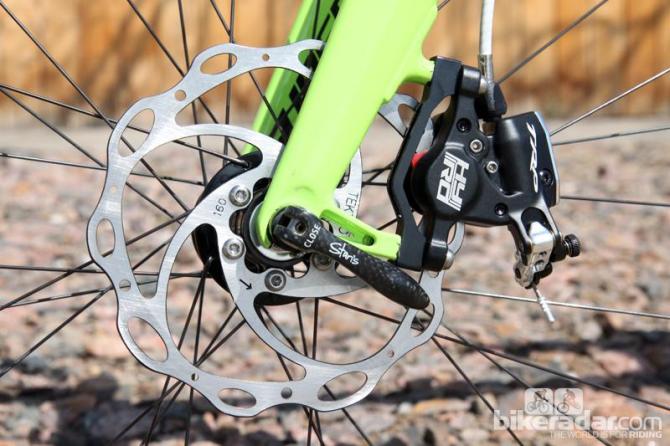
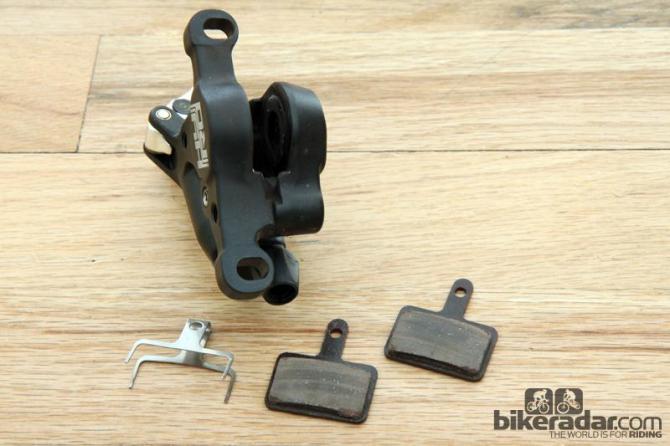
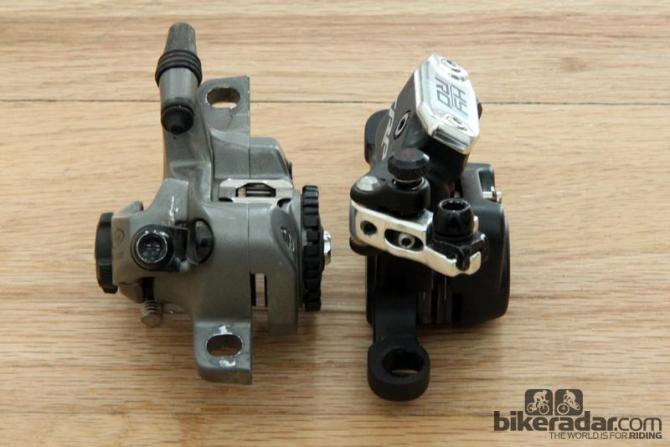
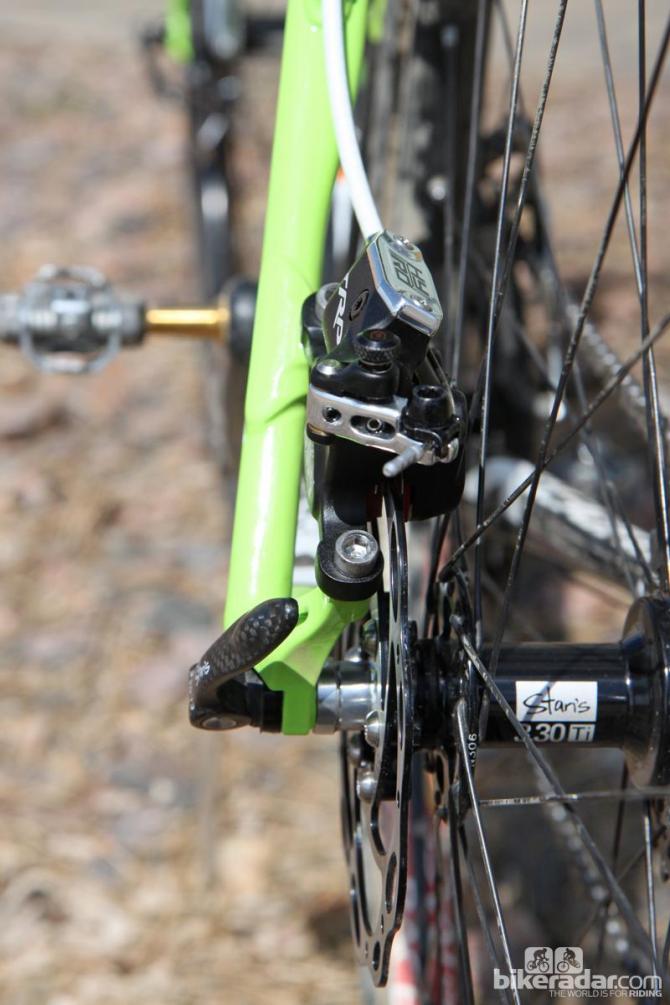
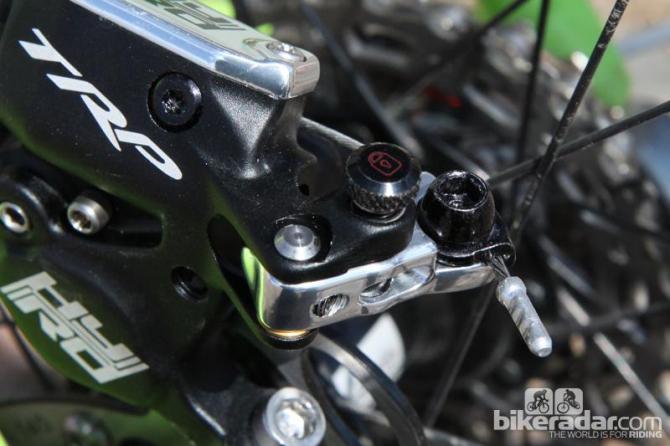
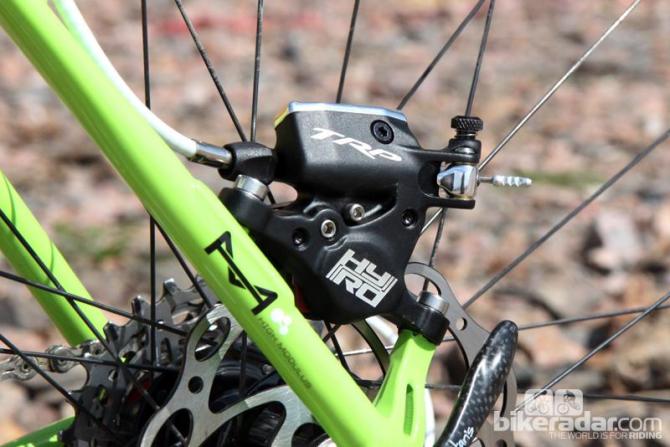
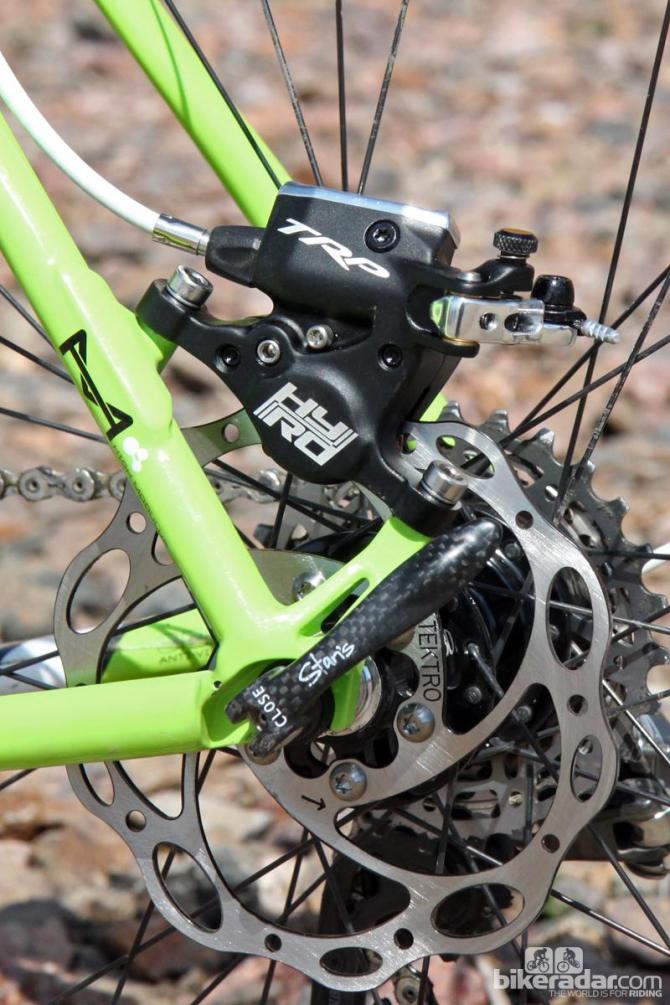
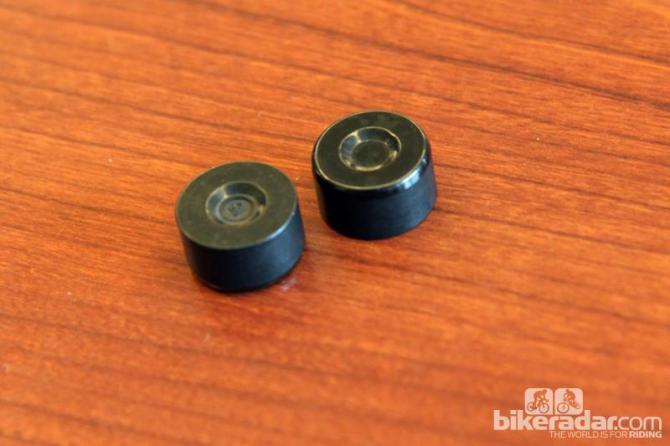
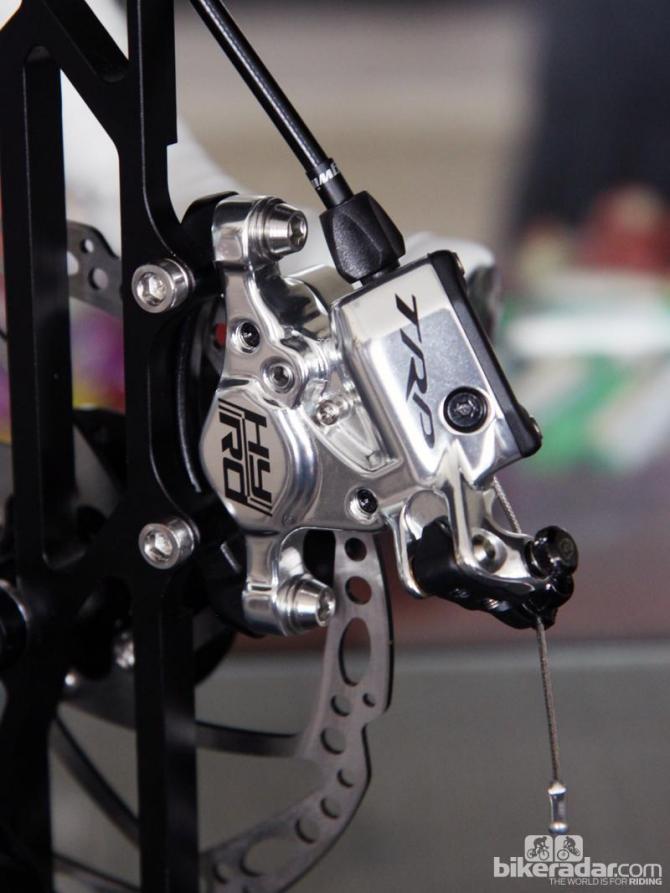
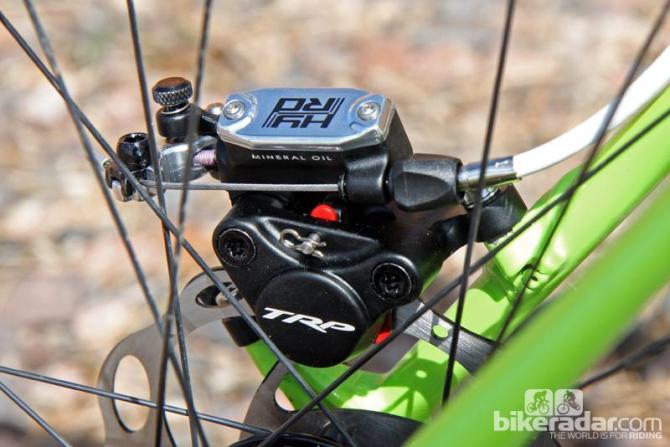
This article originally published on BikeRadar
TRP announced its clever HY/RD cable-hydraulic hybrid road and cyclo-cross disc brakes calipers earlier this year – and we've been riding a production set on home soil since the Taipei Cycle Show in an exclusive early preview. So far they're mostly living up to their lofty performance claims with excellent power and control, good lever feel, and much better heat capacity than we expected.
SRAM has already announced its full-hydraulic road/CX brake options (with Shimano expected to follow suit later this year) but TRP's new HY/RD could still find a huge potential customer base given its compatibility with existing mechanical brake levers.
Our biggest concern was with heat capacity and fade, given the relatively small fluid volume and closely situated fluid reservoir as compared to a full-hydraulic setup. We're happy to say that the HY/RD has so far passed with flying colors.
Our most stringent tests included descents of Boulder's Flagstaff Mountain, which steadily drops more than 600m in just 7.25km (2,000ft, 4.5 miles) with maximum grades in the upper teens. We continuously dragged only the rear brake the entire way down so as to limit our speed to around 35km/h (22mph) to simulate a rider checking their speed down an alpine col. It's easy to hit nearly three times that speed on this descent, so the braking was substantial.
The rotor turned blue by the time we hit the base of the mountain but even then the caliper surface was barely 50°C (120°F). More importantly, we noted no fade in power or sponginess at the lever, which would otherwise denote some level of fluid vaporization. We got similarly reassuring results from repeated full-power stops from about 65km/h (40mph).
In fairness, ambient temperatures were only around 8°C (46°F) during that test but given the modest caliper readings we recorded, we're fairly confident the HY/RD will hold up well during peak summer months, too. According to TRP's Lance Larrabee, much of this high-heat performance is due to the HY/RD's Bakelite composite pistons – which transmit less heat from the pads than metallic ones – and the forged aluminum caliper body's generous surface area.
One of the biggest advantages of a hydraulic setup – even a partial one like these – is improved modulation and it's here where the HY/RD really shines. While the friction of the tires on the ground will still limit the peak power of any brake, the HY/RD's added control over a conventional rim brake still had flirting with that upper limit much more consistently. In addition, a recent spring snowstorm left heaps of treacherous gravel and sand on Flagstaff's tarmac but yet we had little trouble feathering the HY/RD calipers in the upper section's tight and steep switchbacks without locking up a wheel.
Lever feel was also very good with a more fluid and positive feel than most cable actuated systems we've used in the past plus better feedback once the pads contact the rotor – perhaps due to the HY/RD's symmetrical dual-piston design more than anything. The HY/RD's partial-hydraulic layout means the lever feel will never match a good full-hydraulic system. That being said, using a good compressionless housing system (such as Yokozuna or SRAM's new SlickWire) certainly helps a lot.
That partial-hydraulic system does, however, provide the HY/RD with pads that self-adjust for wear similar to TRP's older Parabox cable-to-hydraulic conversion system – not the most critical thing for road applications but a possible dealmaker for 'cross racers who are interested in discs but wary of their longevity in abrasive slop. We found the stock organic compound to offer good initial bite but TRP has wisely made the HY/RD pads compatible with Shimano for additional options.
Generous pad clearance makes for easy setup and no-rub running and the HY/RD is admirably quiet when clamped hard, too. Though the caliper itself is about 30g heavier than Avid's long-running BB7 at 195g, the more streamlined hardware package ends up undercutting the BB7 by around 10g – plus it's heaps narrower so there are no issues with heel clearance.
Lever feel is very good but lever throw is unfortunately longer than we'd prefer. Larrabee told BikeRadar that the company is investigating future modifications to the mechanical portion of the HY/RD but for now, it is what it is – and the problem will be exacerbated for riders planning to pair these with Campagnolo or older SRAM levers. Overcharging the fluid reservoir helps but it's a tricky (and potentially messy) proposition that we don't recommend to casual users.
Otherwise, setup is straightforward although TRP will hopefully include detailed instructions (our samples came without production packaging). Users might be tempted to adjust the pad contact point with the adjustable piston shaft but Larrabee says doing so will only artificially advance the pistons and prevent the hydraulic system from fully refilling as it should – effectively turning the open system into a closed one and eliminating the self-adjusting feature.
That one hiccup keeps TRP from hitting a full-blown home run with HY/RD but aside from that, we're mighty impressed. Don't sell your old levers yet, folks.
We're set to ride TRP's new Spyre cable-actuated disc brakes momentarily so stay tuned for a First Ride Review on those as well.
Price: US$150 per wheel (including caliper, rotor, and associated hardware)
Weight: 195b (caliper only w/o hardware); 206g (caliper w/ bolts); 78g (140mm Lyra rotor); 101g (160mm Lyra rotor); 319g (complete front set w/ 160mm rotor, post mount)
Available colors: black/silver, silver/black
Pros: Excellent power and modulation, good lever feel, competitive weight, wide compatibility with existing brake levers, impressive heat capacity
Cons: Leverage ratio needs fine-tuning
Cyclingnews verdict: 4 stars
More information: www.trpbrakes.com